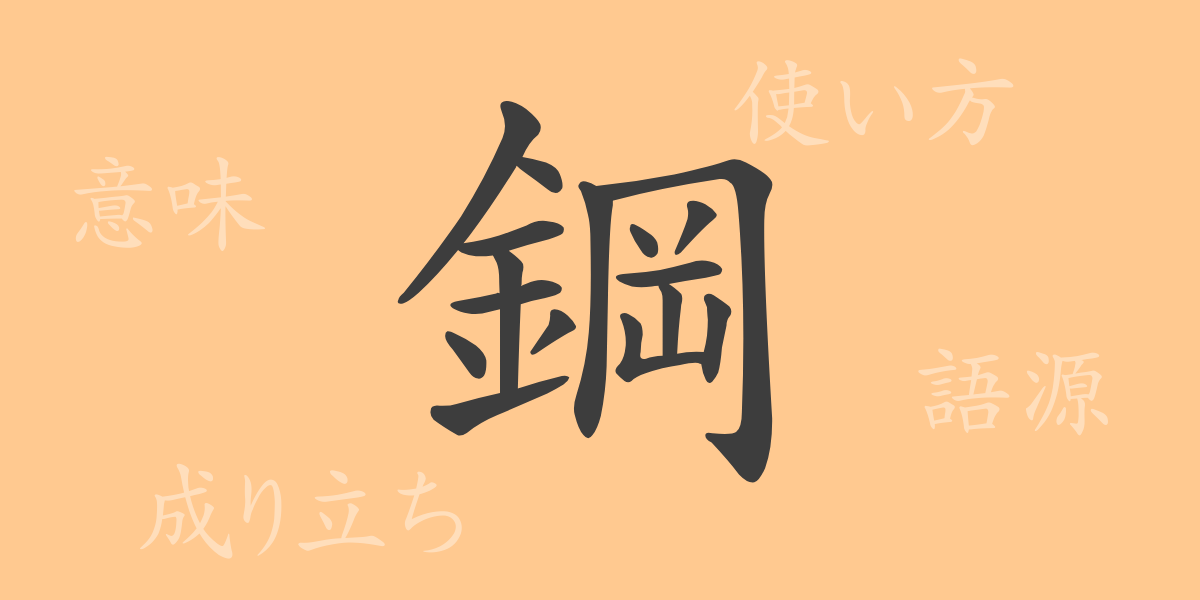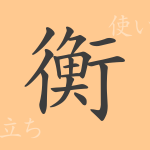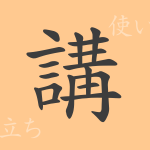In Japanese culture and technology, “鋼(こう)” plays a particularly important role. The significance of this single character goes beyond mere material; it is deeply connected to the Japanese spirit and industrial development. This article delves into the origins, meanings, uses, and significance of “鋼(こう)” for the Japanese people.
Origins of 鋼(こう)
The origin of “鋼(こう)” comes from the ancient process of refining iron to create a harder and stronger metal. The use of “鋼(こう)” can be seen in ancient Chinese texts, and it was introduced to Japan, where its meaning expanded over time to the present day.
Meanings and Uses of 鋼(こう)
“鋼(こう)” refers to an alloy made by adding elements like carbon to iron to harden it. Generally, it is used in a wide range of applications, such as tools, building materials, and automobile parts. Metaphorically, it is also used to describe a person’s strong will and indomitable spirit.
Readings, Stroke Count, and Radical of 鋼(こう)
The kanji “鋼(こう)” carries with it a history and culture related to its formation.
- Readings: On’yomi (音読み) is “コウ”; there is no Kun’yomi (訓読み).
- Stroke count: It has 16 strokes.
- Radical: The radical is 金(かねへん), which relates to metal.
Idioms, Phrases, and Proverbs Using 鋼(こう)
“鋼(こう)” is used in various idioms and phrases. Examples include “鋼の意志” (こうのいし) – “will of steel,” “鋼のような” (こうのような) – “like steel,” and “鋼鉄のように” (こうてつのように) – “as strong as steel.” All of these expressions symbolize strength and hardness, often used to praise resilience in people or objects.
Conclusion on 鋼(こう)
Through this article, we have explored the multifaceted meanings of the kanji “鋼(こう)” and its importance in Japanese culture. As more than just an alloy, it serves as a symbol of resilience and strength, making “鋼(こう)” an indispensable element in our lives.

























